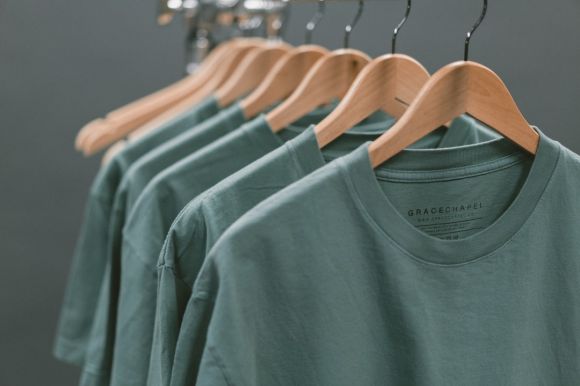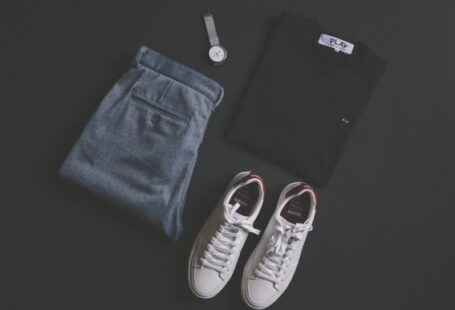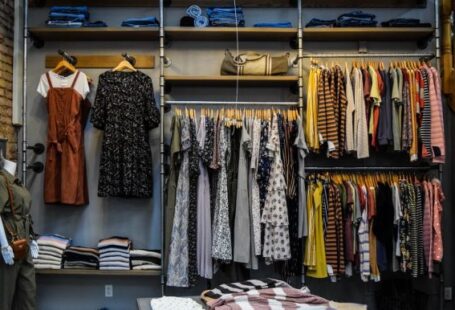In today’s fast-paced consumer society, the fashion industry has become notorious for its wasteful practices and environmental impact. The production and disposal of clothing contribute to pollution, resource depletion, and carbon emissions. However, there is a growing movement towards a more sustainable and circular economy, where the lifespan of products is extended through reuse and recycling. One way to support this shift is through clothing exchange programs. In this article, we will explore how clothing exchange can contribute to a circular economy and provide practical tips on how to participate.
What is a Circular Economy?
Before delving into the benefits of clothing exchange, let’s first understand the concept of a circular economy. Unlike the traditional linear economy, which follows a “take-make-dispose” model, a circular economy aims to keep resources in use for as long as possible. It focuses on reducing waste, reusing materials, and recycling at the end of a product’s life cycle. By closing the loop, a circular economy minimizes the extraction of new resources and reduces environmental harm.
The Benefits of Clothing Exchange
Clothing exchange programs offer a range of benefits that align with the principles of a circular economy. Here are some key advantages:
1. Reducing waste: By participating in clothing exchange, you can help divert clothes from ending up in landfills. Instead of throwing away items that you no longer wear, you can pass them on to someone who will appreciate them.
2. Extending product lifespan: Clothing exchange allows garments to have a second or third life. This helps reduce the demand for new clothing production, which requires energy, water, and raw materials.
3. Saving money: Instead of buying new clothes, participating in clothing exchange can help you refresh your wardrobe at a fraction of the cost. You can find unique and stylish pieces without breaking the bank.
4. Encouraging community and connection: Clothing exchange events often bring people together, fostering a sense of community and connection. It provides an opportunity to meet like-minded individuals who share an interest in sustainable fashion.
How to Participate in Clothing Exchange
Now that you understand the benefits, here are some practical tips on how to participate in clothing exchange:
1. Find local events or organizations: Research local clothing swap events, consignment stores, or online platforms that facilitate clothing exchange. Join social media groups or forums dedicated to sustainable fashion to stay updated on upcoming events.
2. Sort and prepare your clothing: Before participating, go through your wardrobe and identify items that you no longer wear or need. Ensure that the clothes are clean, in good condition, and free from major defects.
3. Attend clothing exchange events: Attend local clothing swap events and bring your pre-selected items. Follow any guidelines or rules set by the organizers, such as the number of items you can exchange or any specific themes or seasons.
4. Get creative with styling: Clothing exchange is an excellent opportunity to experiment with new styles and outfits. Mix and match pieces to create unique looks that reflect your personal style.
5. Consider online platforms: If you cannot find local clothing exchange events, explore online platforms that facilitate swapping or selling pre-owned clothes. These platforms often provide a wide range of options and allow you to connect with a larger community of fashion enthusiasts.
Supporting a Circular Economy
By participating in clothing exchange programs, you can actively support a circular economy and contribute to reducing waste in the fashion industry. Not only will you save money and find unique pieces, but you will also help to minimize the environmental impact of clothing production and disposal. So, start exploring local events or online platforms, sort through your wardrobe, and join the movement towards a more sustainable and circular fashion industry. Together, we can make a difference.





